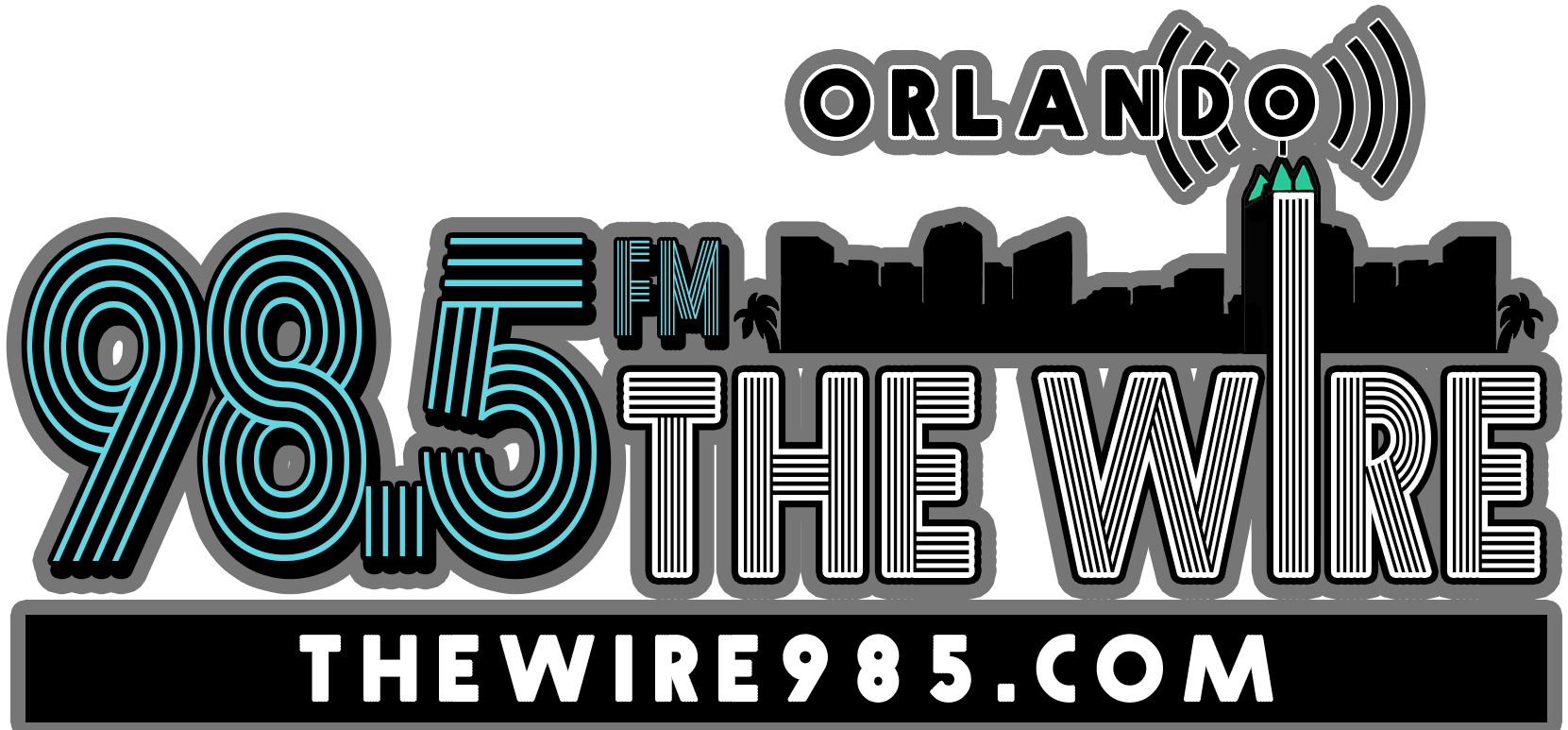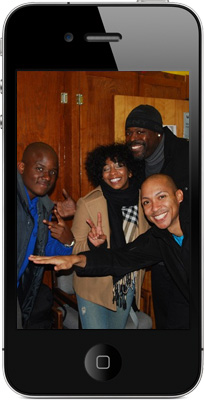Credit: Library of Congress
Credit: Library of Congress
Forget the football duels between North Carolina Central and North Carolina A&T. It doesn’t matter if Howard or Hampton is the real “HU.”
The biggest rivalry in the black college universe might be between Cheney University and Lincoln University — two very old schools separated by 24 miles of U.S. 1 in the rural outskirts of Philadelphia.
» GO DEEPER: Perilous times for black colleges
» FULL COVERAGE: The entire “HBCUs: A Threatened Heritage” series
Both schools have educated the sons and daughters of former slaves for close to 200 years. Both have clear founding dates and strong histories.
But which came first?
“We always say we the oldest because of the date,” said Tony Butler, a Cheyney alum who now lives in Atlanta. “In all seriousness, we were out there doing what we do before others. And that is a fact.”
At issue is the definition of college.
Cheyney was founded in 1837 — one year before Pennsylvania banned blacks from voting — by Richard Humphreys, a Quaker philanthropist. Humphreys bequeathed $10,000, one tenth of his estate, to design and establish a school to educate the descendants of the African race. The original name for the school was the African Institute, before it changed to the Institute for Colored Youth.
In 1854, Ashmun Institute was founded in the rolling farmlands of southern Chester County, with one clear distinction — it immediately began awarding college-level degrees in liberal arts to blacks as it also quickly transitioned to Lincoln University in 1866 to honor a slain president.
» QUIZ: How well do you know HBCUs?
“We were founded as a B.A. degree-granting institution, grounded in the liberal arts,” said Brenda Allen, a 1981 graduate of Lincoln and the school’s new president. “When Lincoln was started, there was an early sensitivity about the inhumanity of slavery. That was the framework that the founders, who were abolitionists, brought.”
The Lincoln University campus is dripping with history. Old buildings and even older cemeteries dot the campus. No one knows where Langston Hughes (Class of ’29) and Thurgood Marshall (Class of ’30) lived on campus, but the two, along with actor Roscoe Lee Brown (’46), Ghanaian President Kwame Nkrumah (’39) and educator Horace Mann Bond (’23), the first black president of the school and father of Julian Bond, loom large at the school.
“Lincoln has never lost its spiritual legacy,” said the Rev. Frederick T. Faison, the school’s chaplain from his chapel office, which was built in 1890. “It has had an enduring legacy in the black community and I am so grateful to the imagination of black people who were willing to keep singing about freedom.”
It wasn’t until 1914 that the Institute for Colored Youth changed its name to the Cheyney Training School for Teachers and began awarding its first college degrees. During the 77 years from Cheyney’s founding to when it started awarding degrees, 97 historically black colleges and universities were founded.
And while Cheyney and Lincoln fight it out, consider this — in 1856, Wilberforce University opened in Ohio as the first black college founded, owned and operated by African-Americans. On its website, it bills itself as, “the nation’s oldest private, historically black university.”
Northern survival
Regardless of which school was first, Cheyney, Lincoln and Wilberforce play an outsized role in the history of HBCUs.
Much of it had to do with their Northern locations.
“Nobody really thinks of (Lincoln and Northern schools) when discussing HBCUs,” said President Allen, who spent several years in the South as the provost and vice president of academic affairs at Winston-Salem State University. “It is odd. And just different.”
Before Shaw University was founded in Raleigh in 1865, there were no black colleges in the South.
“The schools were able to exist because they were in the North and founded by missionaries and Quakers,” said Marybeth Gasman, a professor at the University of Pennsylvania who specializes in black colleges. “They had the protection of abolitionist whites and the support of free blacks. It would have been very hard to have these schools in the South prior to the end of the Civil War, as being literate was illegal (for blacks) in Southern states.”
While there were clusters of free black people in the South, it was impossible to charter a school in a Southern state pre-Civil War, Gasman said. Today, more than 90 percent of all black colleges are clustered in 10 Southern states.
HBCUs take root as Civil War ends
In the years following the Emancipation Proclamation and Civil War, legions of former slaves saw education as a way to maintain freedom. As the thirst for learning grew, churches, benevolent organizations, black visionaries and some white people created black colleges to educate the sons and daughters of slaves. They also took the first steps toward creating an educated black middle class.
Between 1865 and 1869 — while the smoke was still settling from the Civil War — 22 new black colleges opened: including Claflin College in South Carolina; Johnson C. Smith University in North Carolina; Bowie State in Maryland; Fisk University in Tennessee; Howard University in Washington; Morehouse College; and both Clark College and Atlanta University. (Spelman College and Morris Brown were founded in 1881.)
The “youngest” four-year HBCU, a designation to mark schools founded before 1964 with the intention of serving the black community, is the University of Virgin Islands, which opened in 1962.
Schools founded after 1964, like the Charles R. Drew University of Medicine and Science, which targets black students and high black enrollments, are not considered HBCUs.
Conversely, schools like Bluefield State, which is now more than 90 percent white, is still considered an HBCU.
‘We have all been touched by them’
But early on many of the schools were colleges in name only. Cheyney, for example, started as a primary school and added secondary and college courses as it grew. As late as 1917, black public colleges enrolled only 24 students in the collegiate division, while their elementary and secondary divisions had 7,500. Private black colleges educated most blacks on the collegiate level, accounting for 72 percent of the black student enrollment by 1926.
But by 1935, when PWIs were still virtually closed to African Americans, public black colleges accounted for 45 percent of black students enrolled at HBCUs. .
Today, close to 300,000 students attend the country’s 101 HBCUs in 19 states, plus the District of Columbia and the U.S. Virgin Islands.
Those colleges have educated men like Martin Luther King Jr. (Morehouse); Ernie Barnes (North Carolina Central University); W. E. B. Du Bois (Fisk), Jerry Rice (Mississippi Valley) and Ed Bradley (Cheyney University). And women like Oprah Winfrey (Tennessee State); Shirley Franklin (Howard University); Barbara Jordan (Texas Southern); Althea Gibson (FAMU); Marian Wright Edelman (Spelman); and Katherine Johnson (West Virginia State University).
Students like John Lewis and Diane Nash and North Carolina A&T’s “Greensboro 4,” launched movements from their campuses.
But those are the people we know, or think we know.
While about 10 percent of African-American students attend the nation’s 101 accredited HBCUs, about 20 percent of African-American students who graduate from college attended HBCUs, according to the United Negro College Fund.
There is a 70 percent chance that your black doctor or dentist came from an HBCU, while 50 percent of black engineers and public school teachers did.
The UNCF’s public-school counterpart, the Thurgood Marshall College Fund, reports that 80 percent of black judges, 50 percent of black lawyers and black professors at non-HBCUs, and 40 percent of the black members of congress, attended black colleges.
“There are only two institutions that are ours — the black church and the colleges,” said Johnny C. Taylor, the outgoing president and CEO of the Thurgood Marshall College Fund. “These are the entities that got us through. All of our teachers and role models are HBCU grads. So whether or not you attended an HBCU or not, we have all been touched by them.”
About the Author
Ernie Suggs is an enterprise reporter covering race and culture for the AJC since 1997. A 1990 graduate of N.C. Central University and a 2009 Harvard University Nieman Fellow, he is also the former vice president of the National Association of Black Journalists. His obsession with Prince, Spike Lee movies, Hamilton and the New York Yankees is odd.










More Stories
Black College Students Receive Racist “Pick Cotton” Texts – Vibe
How Asha Abdul-Mujeeb, a Black digital archivist, is preserving HBCU history – Reckon
10 Finalists Announced For The 2025 Music Educator Award – The GRAMMYs